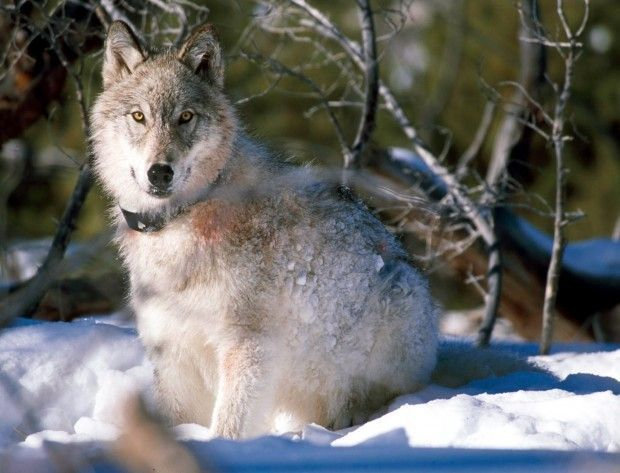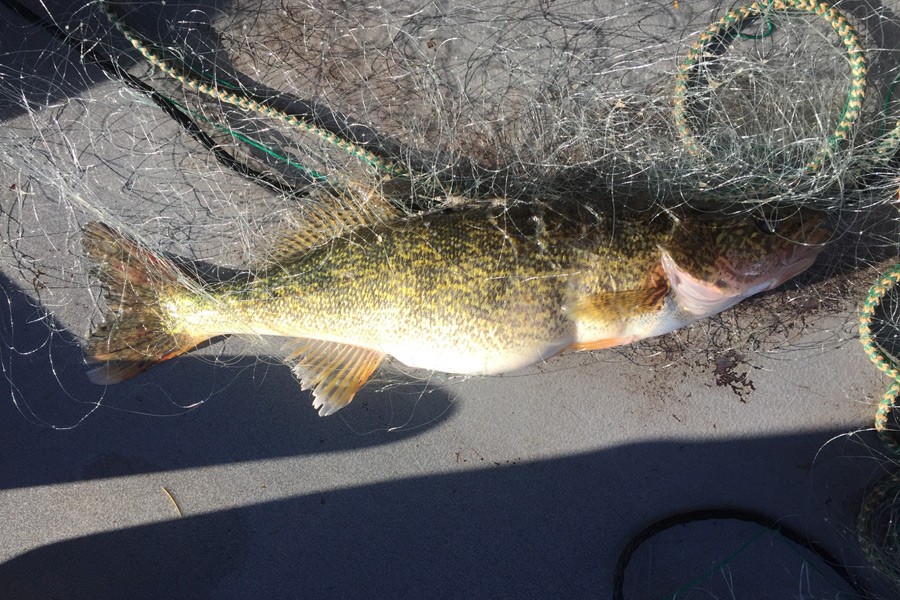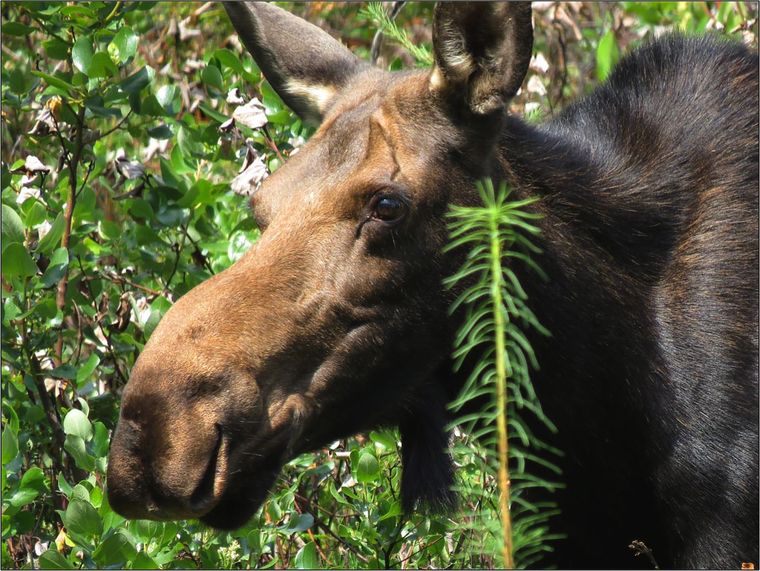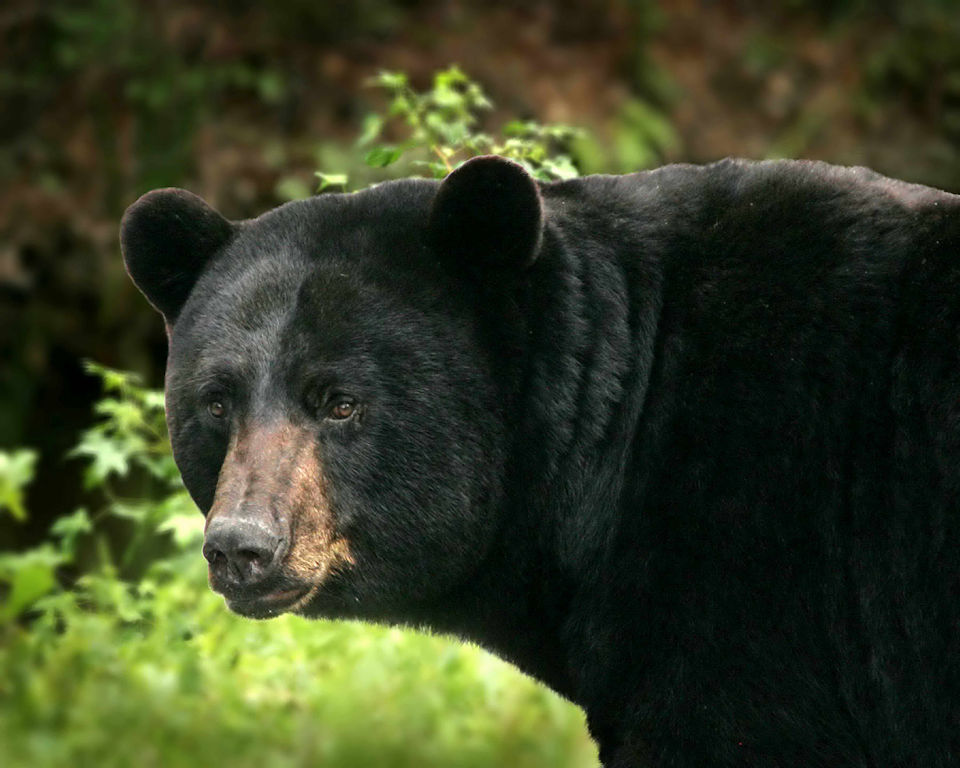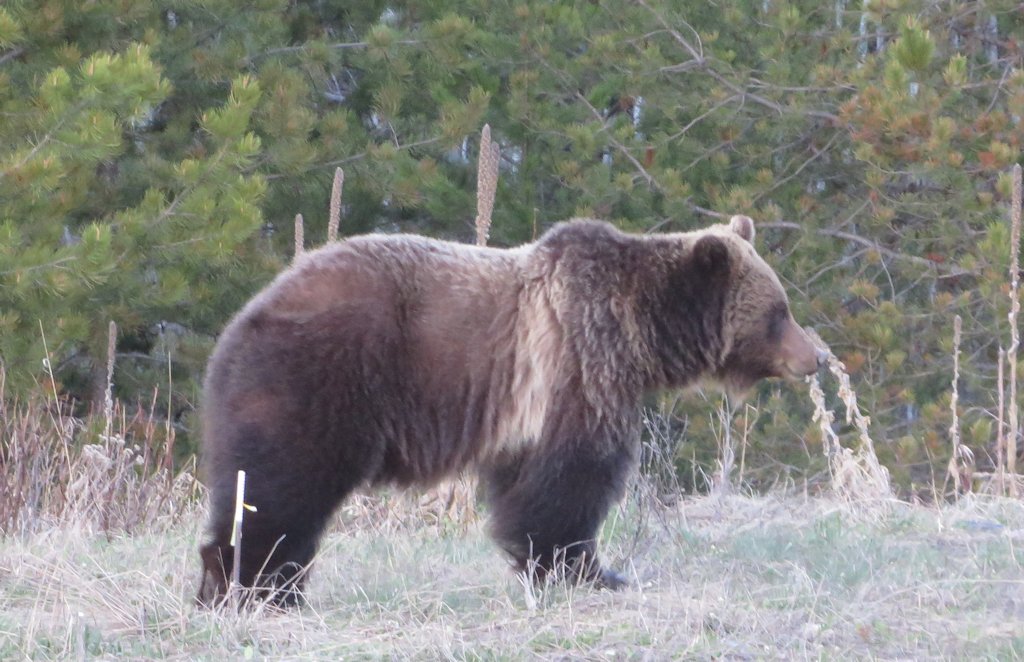
Here’s the latest report from Montana Fish, Wildlife and Parks on the status of grizzly bear management in this corner of the state . . .
Montana Fish, Wildlife & Parks grizzly bear management biologists and wardens have seen an increase in grizzly bear activity and conflicts during the month of September. Both black and grizzly bears are looking for food that will provide them with the layer of fat they need in order to survive the winter in their dens. Female grizzly bears with young are especially in need of additional food because they have been nursing their cubs and need the extra calories.
The following is an overview of the grizzly bear management activities that MT FWP has been involved with in the Tobacco, Flathead, and Swan Valley areas during the month of September.
Near Eureka, at least one young grizzly bear has been observed feeding on apples and walking through yards. Traps were set for that bear, but it hasn’t been captured yet.
West of Fortine, landowners buried a dead horse and noticed something had dug it up. They put up a trail camera and 3 different grizzly bears were photographed. One of the grizzly bears was wearing a radio collar that isn’t functioning properly. In an attempt to capture that bear and change the collar, two culvert traps were set. The horse was reburied and an electric fence was installed around the site along with remote cameras. On September 6th, an unmarked, young adult male grizzly bear visited the site and was captured. This male was radio-collared and translocated into the Whitefish Range. The radio-collared grizzly we were attempting to capture did not return to the trap site and the traps were pulled.
During that same week, a grizzly bear was breaking branches on fruit trees west of Lake Blaine. A temporary electric fence was installed and a culvert trap was set. The male grizzly bear returned, but was not captured. The electric fence was effective in preventing any additional damage to the trees and the trap was removed.
Right after Labor Day, an adult male grizzly bear was captured near Coram after killing chickens and eating apples. The 473 pound, 12 to 14 year old adult male grizzly had never been captured before. He was radio-collared and translocated to the Puzzle Creek drainage south of Marias Pass. The electric fence on that chicken coop has been upgraded to be more effective in deterring bears.
Continue reading Montana FWP: Grizzly bear management update for Northwest Montana →
